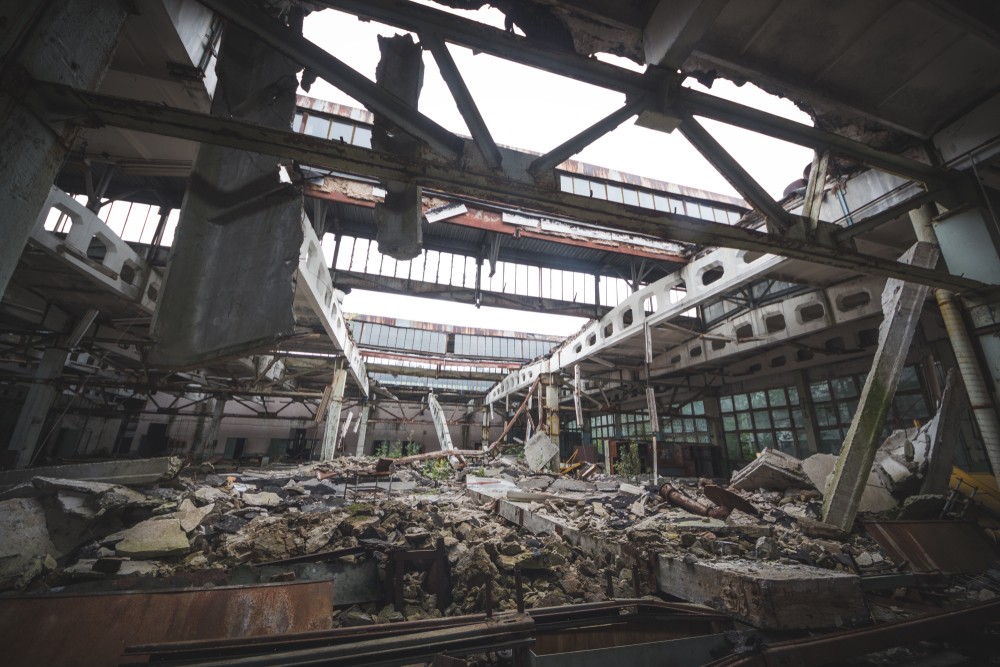Protracted Russia-Ukraine Conflict Hampers Global Manufacturing

In late February 2022, global headlines reported Russia’s invasion of Ukraine and, with it, the start of a conflict that’s brought disruption to virtually every aspect of global economics. Early sanctions and economic punishments rocked the energy and utility industries. Then, supply chain bottlenecks sprung up as international exports were up-ended.
Now, six months later, the world has put some of these early challenges to bed. Unfortunately, there are even more rippling effects still to come for manufacturers operating at a global level. So long as the Russia-Ukraine conflict persists, manufacturing will face challenges.
Manufacturing troubles from the get-go
Immediately after Russia’s invasion of Ukraine, countries around the world began to feel the effects of severe economic disruption. Prices for oil, gas, and agricultural products skyrocketed, intensifying inflation, and threatening economic security in certain developing countries.
Russia’s war on Ukraine exposed a severe vulnerability for global markets of critical raw materials. Manufacturing supply chains around the world need metals produced in Russia, including aluminum, nickel, and palladium. Since the start of the war, exports of these metals have come to a standstill, affecting global industrial production and halting sustainable, or “green,” initiatives.
The disruption of key Russian exports — like Xenon gas and natural gas — have deepened Europe’s energy squeeze, causing a domino effect that’s unsettled global trade.

Time has exacerbated manufacturing’s predicament
As the war in Ukraine lingers on, manufacturing companies have begun departing Russia. While some companies have sold assets or divested lines, others have shut down entirely. The current state of the war, not to mention Russia’s standing in the world, have made it impossible for manufacturers to maintain profitable operations in the country.
From Caterpillar to Hitachi, Michelin to Siemens, companies have been winding down operations and moving them — quickly. It’s not a trend; rather, it’s the new reality in manufacturing and global trade. This has cast even more imbalance into manufacturing markets as producers seek to pick up production slack at other manufacturing centers, both domestic and abroad.
During these periods of transition, new bottlenecks emerge. While demand remains high, manufacturers are busy rerouting materials, reallocating budgets, recalibrating production schedules, and more. The exodus from Russia won’t happen overnight, and problems will persist as long as it takes manufacturers to fully divest themselves from the country.

Ripples will continue as the conflict drags on
As things stand, there’s virtually no hope to continue manufacturing operations in Russia. Economies around the world are seeing the ripple effects of Russia’s self-imposed “exit” from the global economy. With Europe bracing for a harsh winter, the effects are evident with climbing energy prices, high inflation rates, and a serious risk of recession.
Manufacturers are already feeling the creep of this turbulence, and many are warning that the worst is yet to come amid a conflict that’s likely to stretch into the foreseeable future.
